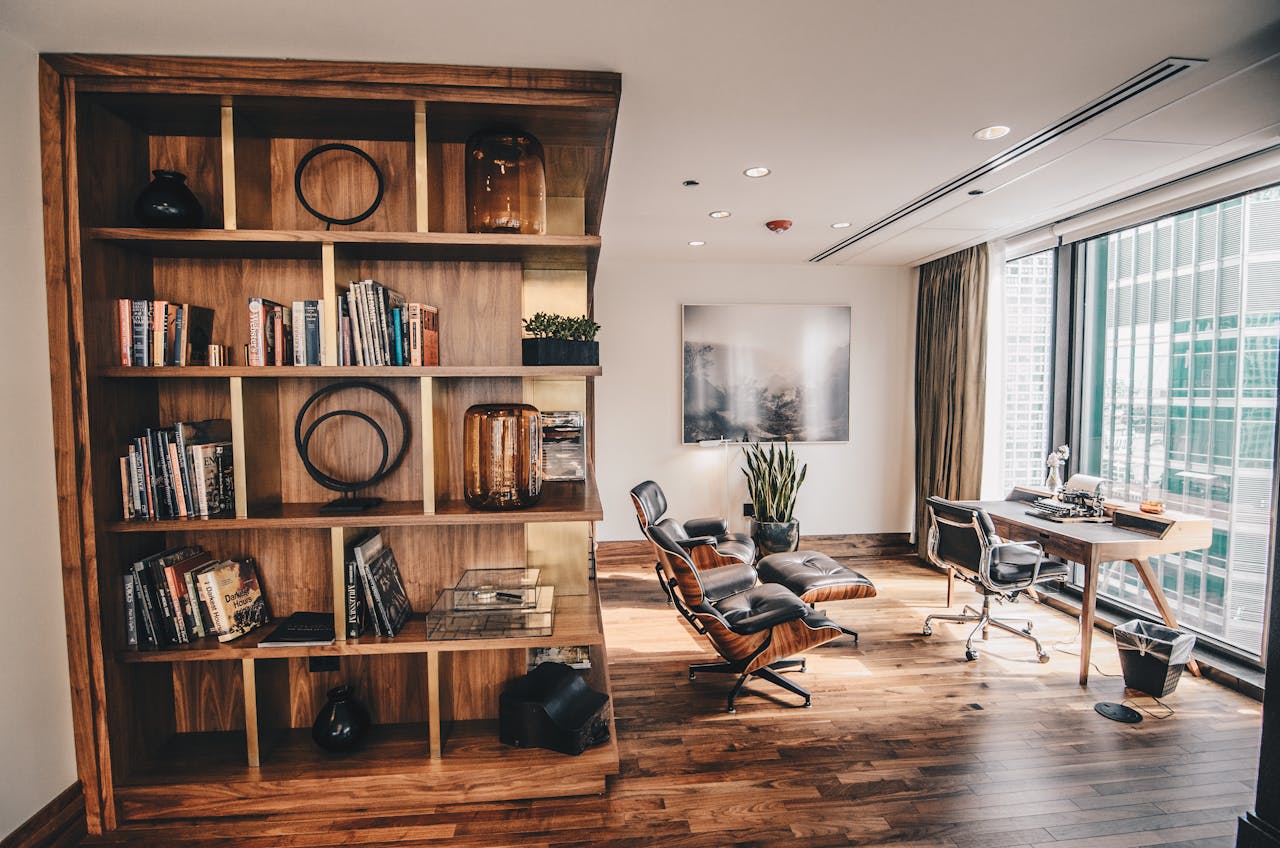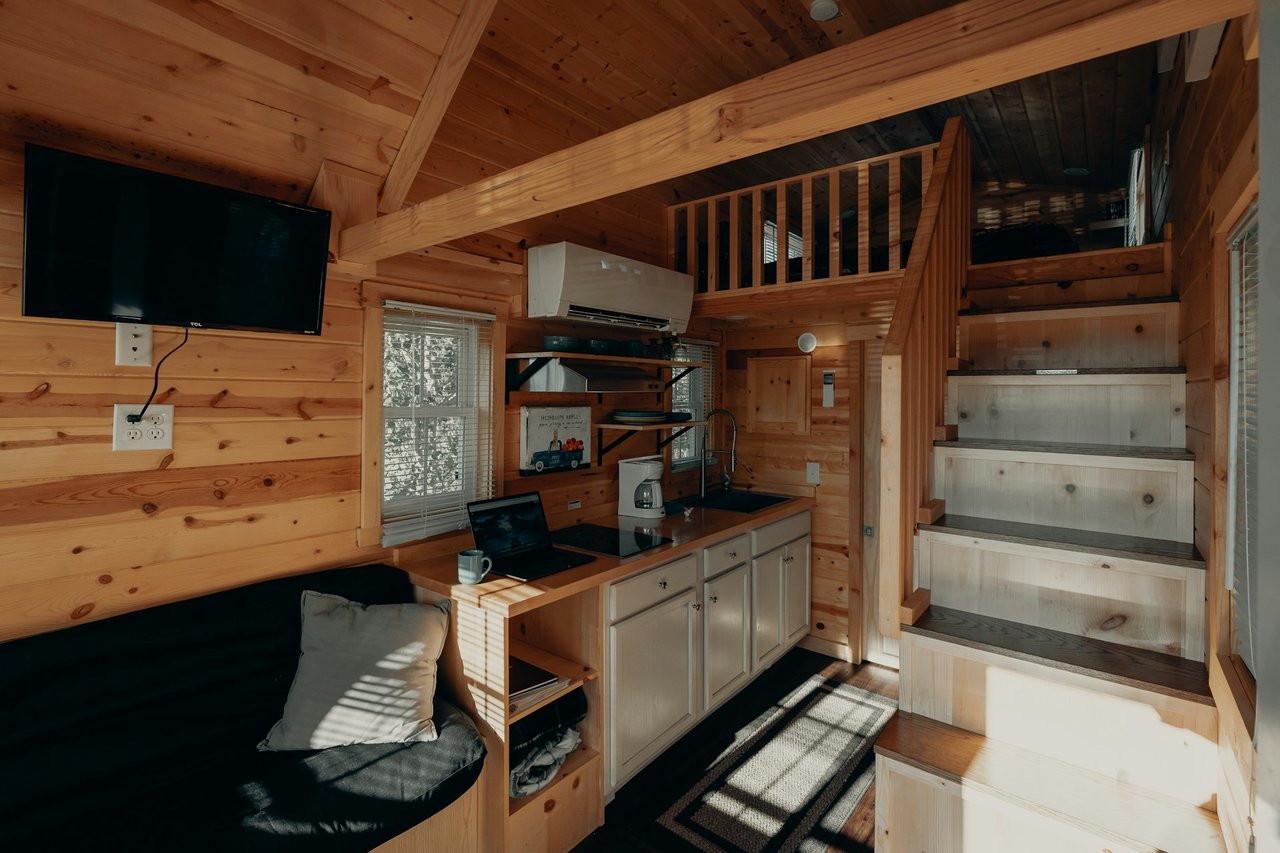Downsizing? How to Choose What to Keep and What to Let Go
September 24, 2024

September 24, 2024

Downsizing can feel both exciting and overwhelming. Whether moving to a smaller home or just seeking a simpler lifestyle, you’ll have to choose what to keep and what to let go. With less space, it’s important to be selective while settling into your new home. You want to ensure your new environment feels comfortable, not cluttered. By taking a thoughtful approach, you can make this process easier and less stressful.
When you have to choose what to keep and what to let go, focus on the essentials first. These are the items you use daily, like kitchen tools, clothing, and basic furniture. Start by taking inventory of what you actually need for your day-to-day routine.
Keep multifunctional items that can serve more than one purpose, such as a fold-out sofa or a versatile kitchen appliance. If you haven’t used something in the last six months, consider letting it go. Prioritizing practical, space-saving essentials ensures your new home will be functional and comfortable without overcrowding. If you're moving as well, this becomes even more important, especially if you’re relocating long distances like from from DC to the Bay Area, CA. You may have to get rid of more things to be practical. To ensure your essential items remain intact, hire experts in long-distance moving to handle the relocation for you.
Before you start downsizing, assess your new space. Moving into a spacious suburban home isn’t the same as buying a loft. Take note of the square footage and the layout of each room. This will help you visualize how much furniture and belongings you can comfortably fit. Think about storage options, too—will you have closets, cabinets, or extra space like a garage?
Measuring your rooms ahead of time ensures you don’t bring more than your new home can handle. By being realistic about your space, you can focus on keeping only what you truly need.
Letting go of sentimental items can be one of the hardest parts of downsizing. Start by limiting how many keepsakes you’ll bring with you. Consider keeping just a few meaningful pieces, like family heirlooms or cherished photos.
For items like letters or old photos, digital storage can be a great alternative. It’s a great way to move with ease and confidence without worrying about any precious memories getting lost or damaged. You can also share some sentimental objects with family members or repurpose them into more functional items.
Collections, whether books, decor, or hobby items, can quickly take up valuable space when downsizing. It’s important to be practical and realistic. Keep a few key pieces that truly mean something or serve a purpose in your new home. Consider digitizing larger collections—this works well for books, music, or movies. Selling or donating excess items is another great option.
A room-by-room approach makes downsizing less overwhelming. Start with easier spaces like bathrooms or kitchens, where decisions tend to be less emotional. Sort items into four categories: keep, donate, sell, or discard. This method helps you stay organized and focused as you work through each area. For larger, more sentimental spaces, like living rooms or bedrooms, break the process into smaller tasks. Taking it one room at a time keeps things manageable and helps you make clear, thoughtful decisions along the way.
Downsizing doesn’t have to be overwhelming if you approach it thoughtfully and choose what to keep and what to let go. You can simplify the process by assessing your space, prioritizing essentials, and making practical choices about sentimental items and collections.
Stay up to date on the latest real estate trends.

January 21, 2025
Designing a functional home office boosts productivity. Discover tips to create an efficient and organized workspace in your new home.

December 30, 2024
Discover creative storage solutions for small Bay Area homes. Maximize space with smart ideas for furniture, closets, and hidden areas.

December 5, 2024
Get ready for a smooth sale with our timeline of what to do the day before selling your home and in the weeks leading up to it.

November 20, 2024
Discover easy ways to organize your home post-move with expert tips for decluttering, zoning, and maximizing storage.

October 24, 2024
Before moving to your new Bay Area home, learn essential tips for setting up utilities like electricity, water, gas, and internet.

September 24, 2024
You need to choose choose what to keep and what to let go while downsizing, but you’re having a hard time. Take a look at our quick guide!
You've got questions and we can't wait to answer them.